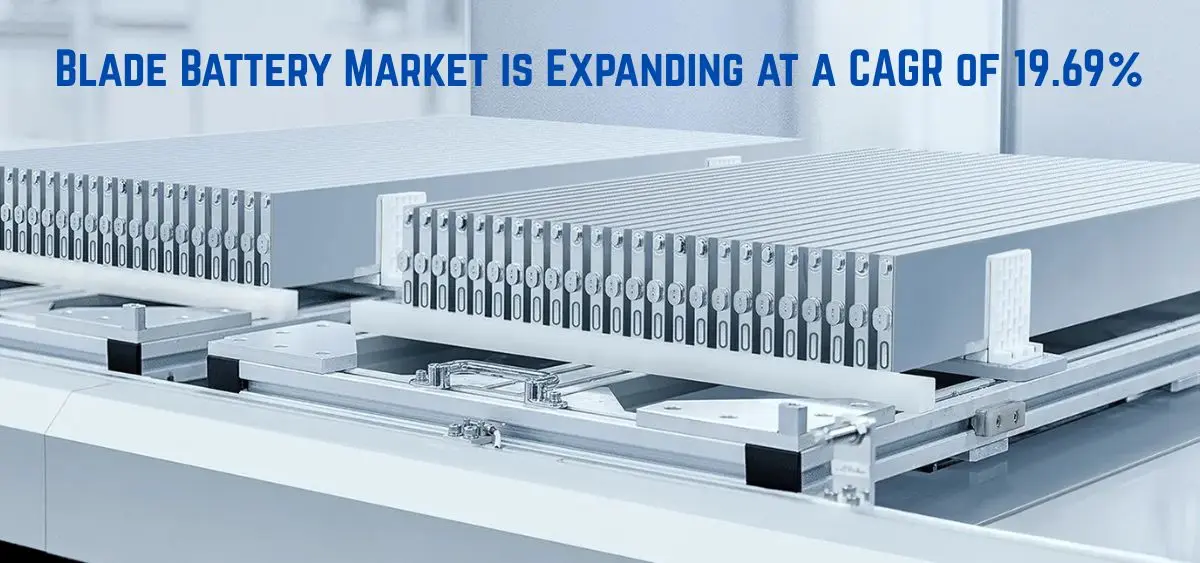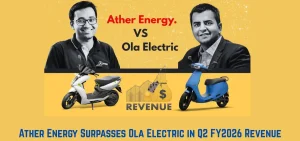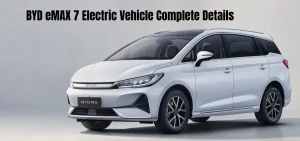The global Blade Battery Market is entering a new era of expansion, fueled by the electrification wave transforming global transportation and energy systems. According to Cervicorn Consulting, the market, valued at USD 1,186 million in 2024, is expected to reach USD 5,977 million by 2034, growing at an impressive CAGR of 19.69% during 2025–2034.
Revolutionizing Battery Technology
Pioneered by BYD, the Blade Battery has redefined lithium-ion innovation by offering 50% higher space utilization and superior thermal management—dramatically reducing fire risks. These advantages, combined with the rising adoption of Lithium Iron Phosphate (LFP) chemistry, have positioned Blade Batteries as the cornerstone of the next-generation EV ecosystem. Nearly 40% of global EV batteries now rely on LFP technology, as automakers move away from costly cobalt and nickel-based chemistries for improved safety, sustainability, and affordability.
Key Market Drivers
The market’s growth is driven by:
- EV Boom: Global EV adoption, especially across China, Europe, and the U.S., continues to rise under government mandates promoting clean mobility.
- Energy Storage Expansion: With global energy storage capacity surpassing 45 GW in 2023, Blade Batteries are becoming integral to grid-scale systems due to their long cycle life, safety, and cost efficiency.
- Technological Advancements: New fast-charging technologies enable up to 80% charge in under 30 minutes, and upcoming systems like BYD’s 1 MW charger promise 400 km of range in just five minutes.

Market Segmentation Insights
- By Region: Asia-Pacific dominates with a 47.2% share, led by China’s manufacturing strength and government EV subsidies.
- By Capacity: The large-capacity segment leads (52.2%), catering to long-range EVs and energy storage applications.
- By Application: Passenger cars hold the top share (58.6%), supported by growing consumer trust in safer battery technologies.
- By Chemistry: LFP batteries dominate due to their extended life and thermal stability.
- By End User: The automotive sector accounts for 65.9% of total demand, driven by global EV growth and emission regulations.
Emerging Trends Reshaping the Market
- Fast-Charging Innovations: BYD and SVOLT have introduced batteries capable of adding hundreds of kilometers of range within minutes, bridging the gap between EV and conventional fueling convenience.
- Next-Gen Designs: BYD’s Blade 2.0 and SVOLT’s Dragonscale Armor batteries improve energy density and thermal efficiency, pushing performance boundaries.
- Material Optimization: The demand for recycled aluminum in battery casings is rising, fostering sustainable supply chains and cost reductions.
- Battery-Swapping Ecosystems: CATL’s planned rollout of 10,000 battery swap stations by 2028 will redefine EV convenience by enabling instant refueling alternatives.
Regional Outlook
- Asia-Pacific remains the global leader, projected to reach USD 2,821 million by 2034, driven by China’s BYD-led ecosystem.
- North America, supported by the U.S. Inflation Reduction Act, is witnessing accelerated EV manufacturing and efforts to localize LFP-based battery production.
Conclusion
The Blade Battery Market is not just evolving—it’s redefining the future of electric mobility and clean energy storage. With safer chemistry, faster charging, and sustainable manufacturing, Blade Batteries are poised to power the world’s transition toward a smarter, greener, and electrified future.
Related Articles:-





